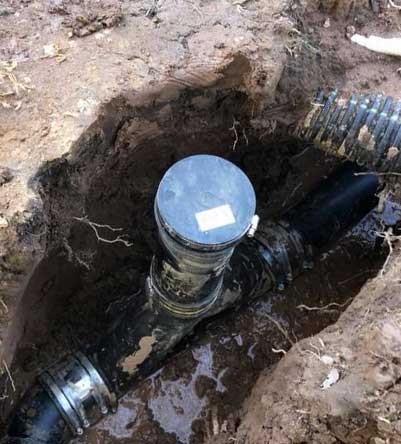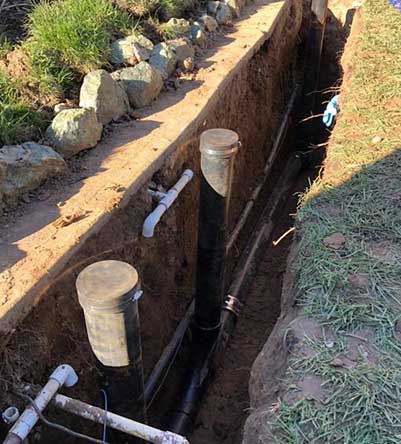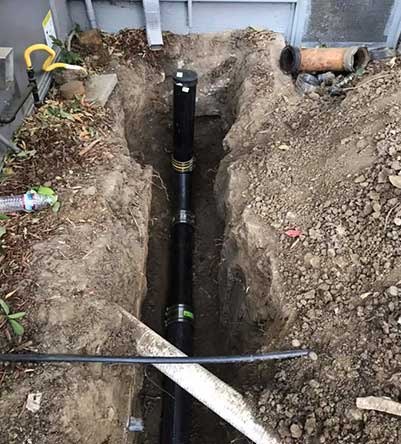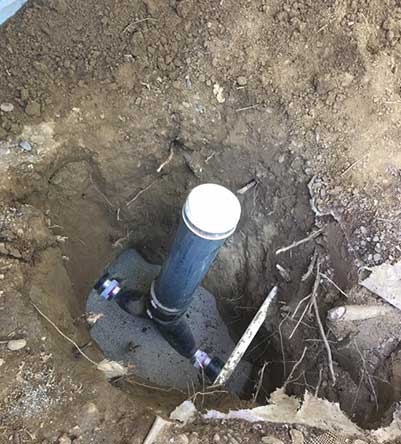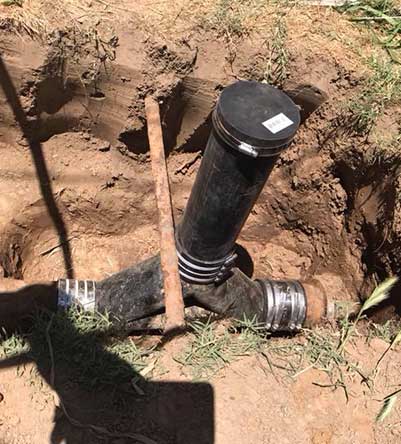SEWER REPIPE
MOST COMMON TYPES OF SEWER PROBLEMS
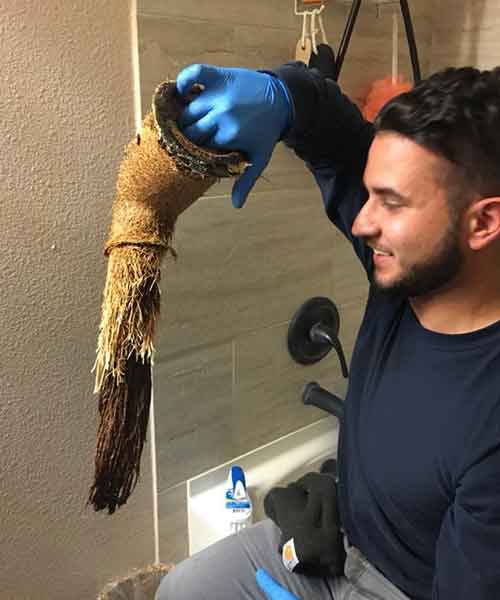
TREE ROOTS
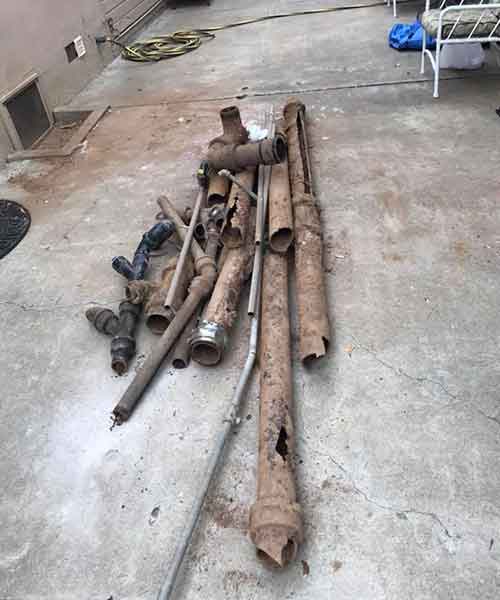
PIPE CORROSION
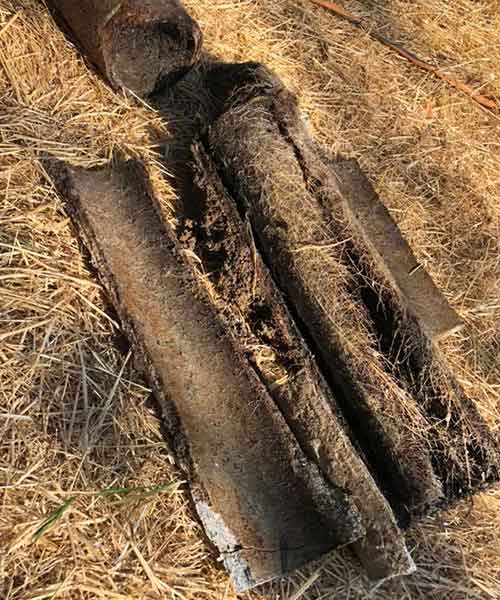
BLOCKAGE
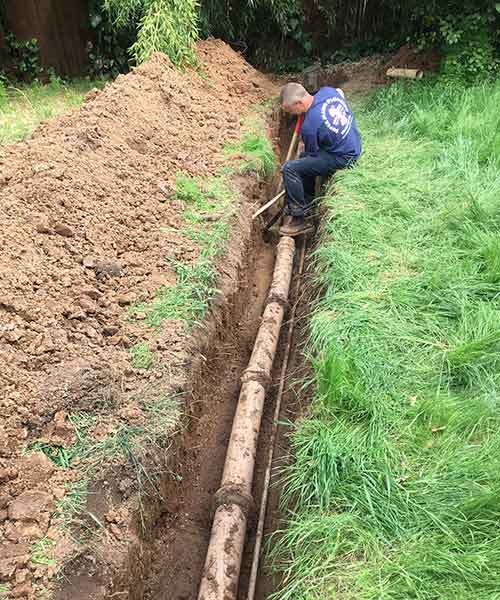
BELLIED PIPE
HOW TO PREVENT THE PROBLEM?
Various other problems that can also affect a typical sewer line, which is why it is important to remain alert and proactive about checking for signs of blockage. To prevent future problems from occurring, make sure to have your septic system checked at least every three to five years.
By allowing a licensed plumber to inspect your septic system for signs of breaks or cracks, You can help to prevent costly replacements. Simply cleaning out the sewer line, or completing spot repairs, can usually take care of the problem.
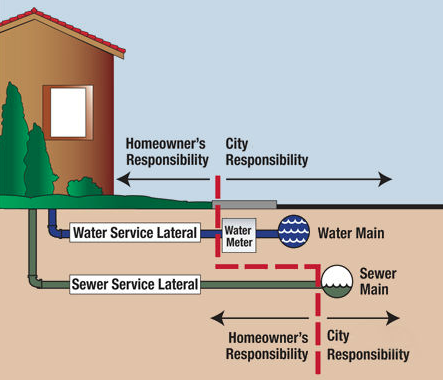
If the problem is too far gone, then we may recommend a sewer repipe/replacement. Will complete a camera inspection to detect the source of the problem and can then advise you on repipe options.
In a lot of cases, it is more affordable to simply replace the sewer line. If your pipes are made of inferior materials, they are more susceptible to leaks, damage, and root intrusion. This can lead to severe problems in the future, which will cost more than the original replacement would have.
Sewer Clean Outs
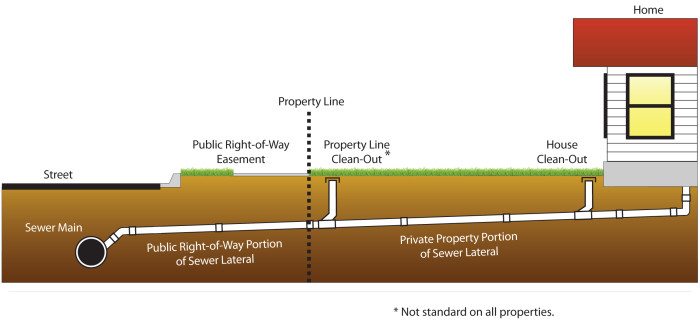
Interested in Sewer Repipe Services ?
submit this form and will call you back
